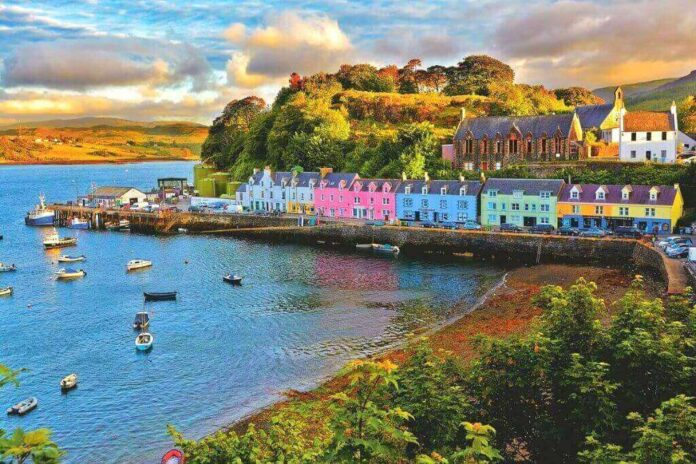In search of Scotland’s most well-liked sights? For you to explore, we have world-famous castles, outstanding museums, stunning gardens, and much more. Check out the top attractions in Scotland for a special experience if you’re seeking something further off the main path.
1. Edinburgh Castle
Since the 13th century, Edinburgh Castle’s stone walls and towers have been the city’s dominant landmark. It provides breathtaking city views and a journey through Scotland’s turbulent past while perched on a black basalt rock.

The magnificent Crown Jewels, the renowned Stone of Destiny (also known as the Stone of Scone), and the 1130-old St. Margaret’s Chapel, which is the oldest structure in Edinburgh, are the castle’s main attractions.
From the expansive Esplanade, where the renowned Edinburgh Military Tattoo is held each August, cross a drawbridge over an old moat to enter the castle. Overlooking the castle gates are bronze statues of legendary heroes William Wallace and Robert the Bruce.
2. Loch Lomond
Britain’s largest lake is the idyllic Loch Lomond, which is only a short drive from Glasgow. It’s also “The Queen of Scottish Lakes,” according to Scottish writer Walter Scott. This stunning region of Scotland is a popular day excursion from the city due to the amount of trout, salmon, and whitefish that attract anglers, as well as the water sports, water, and open space.
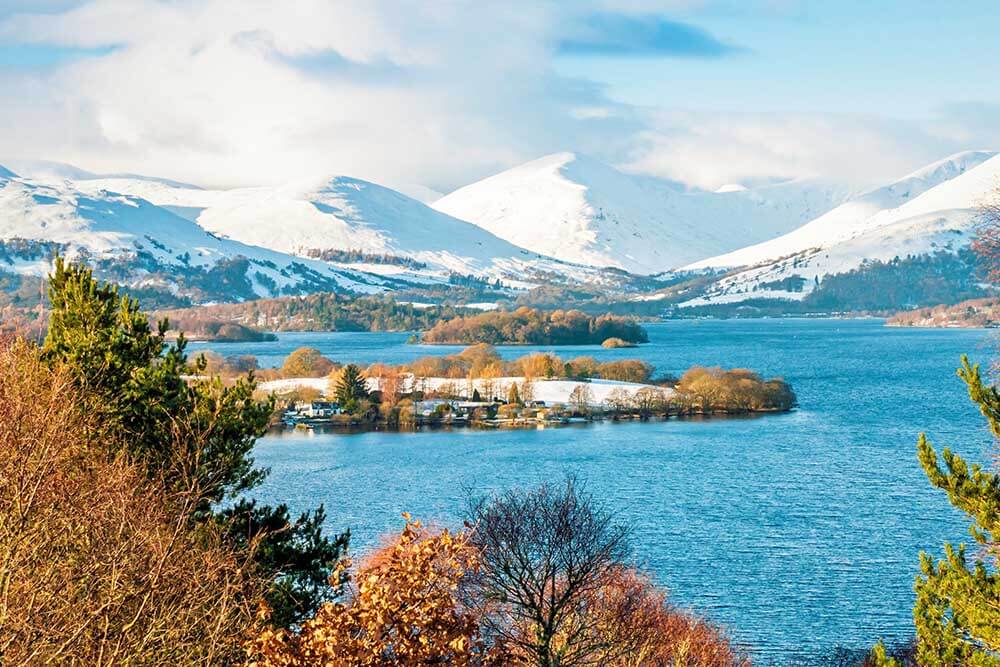
Along with longer hikes up towering Ben Lomond (3,192 feet), with its breathtaking vistas of the Trossachs National Park, boat rides are popular activities in Loch Lomond.
3. Loch Ness and the Caledonian Canal
When you think of Loch Ness, you undoubtedly imagine the legendary beast that has, according to tradition, lived there for countless ages. The loch is 23 miles long. The largest lake in Scotland’s Great Glen, Loch Ness, is a component of a canal that connects the country’s east and west coasts.
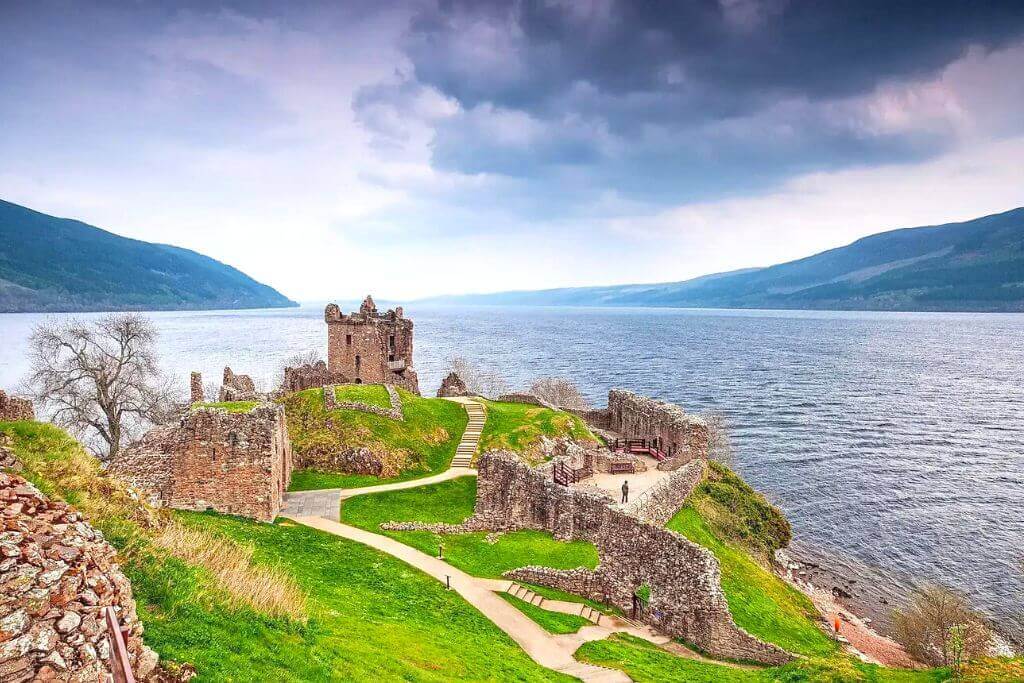
The Caledonian Canal connects it with three other lochs. You can travel through the canal locks, which regulate the varied water levels, on a six-hour journey from one end to the other or on short excursions.
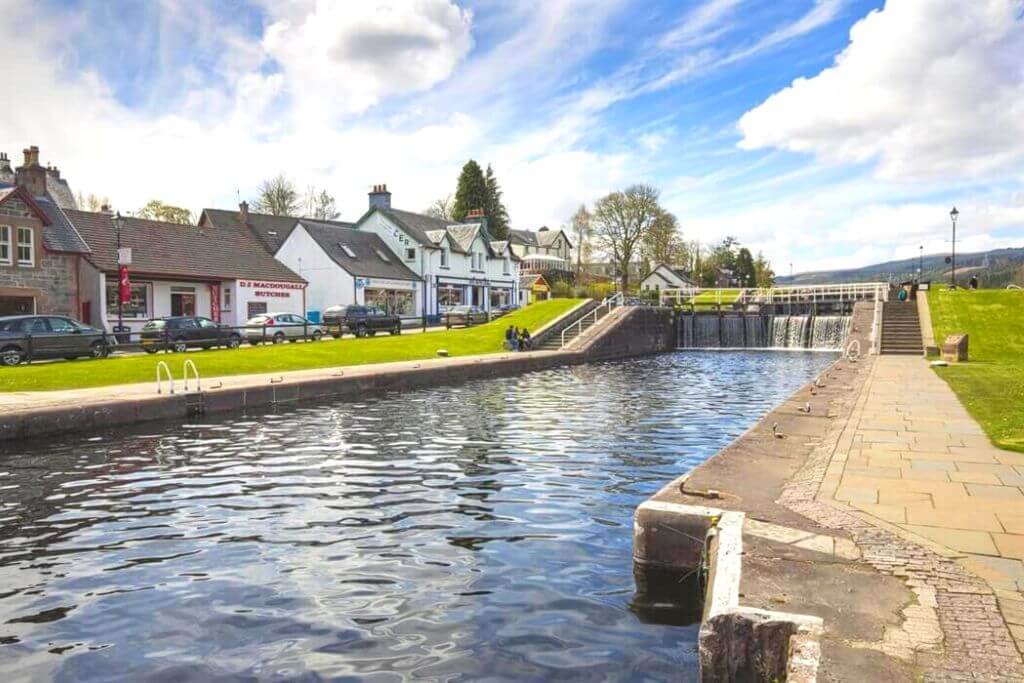
Some of the most breathtaking highland landscape surrounds the canal and each of the lochs, but Loch Ness itself is the most picturesque because of the charming Urquhart Castle remains that stand on its hillside above the water. The 12th-century fortress, which served as the backdrop for numerous historical stories, was destroyed by fire about 500 years later.
4. The Royal Yacht Britannia, Edinburgh
The Royal Yacht Britannia served as a roving royal residence for more than 40 years, covering more than one million miles in all directions. With an audio tour, you may visit the Bridge, State Apartments and Royal Bedrooms, Crew’s Quarters, and Engine Room while learning about the lives of the royal family, their visitors, and the crew onboard Britannia’s five major decks.
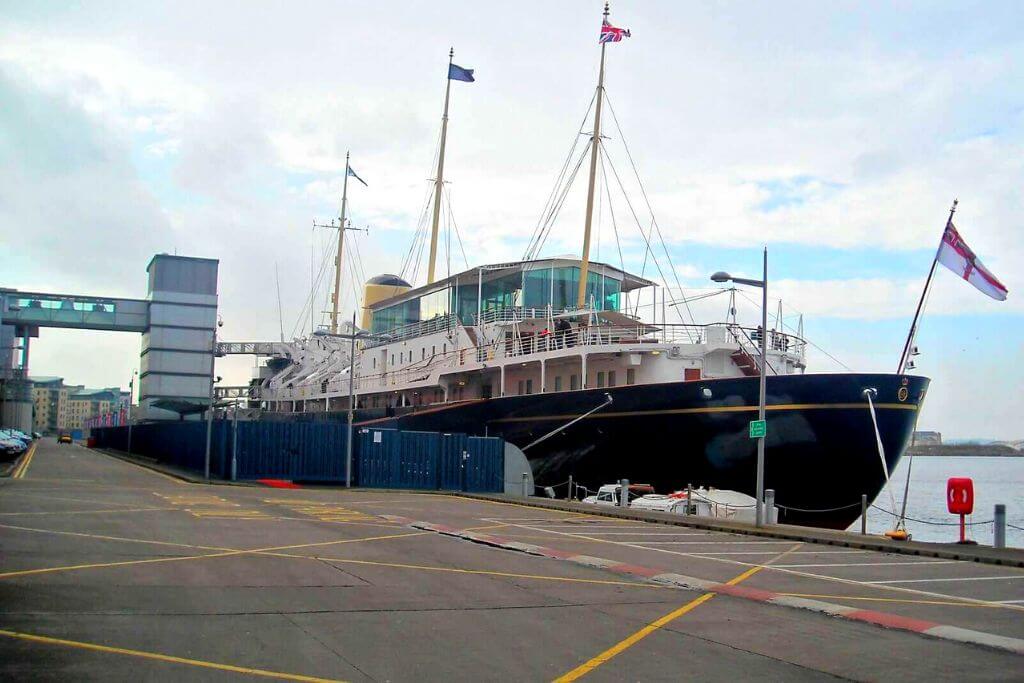
As well as stopping for tea and pastries in the Royal Deck Tea Room, visitors may view the Rolls-Royce Phantom V that once traveled aboard. The Fingal Hotel, a brand-new addition to the site for 2019, offers luxurious lodgings in a former lighthouse tender that is berthed adjacent to the royal boat.
5. Isle of Skye and the Inner Hebrides
Skye, the largest of Scotland’s inner isles, is especially well-liked by nature enthusiasts, birders, and ramblers. For an island that is only 50 miles long and never wider than 15 miles, the wild, romantic mountain beauty on this island is distinguished by lush valleys, caves, solitary glens, sandy beaches, and gushing waterfalls.
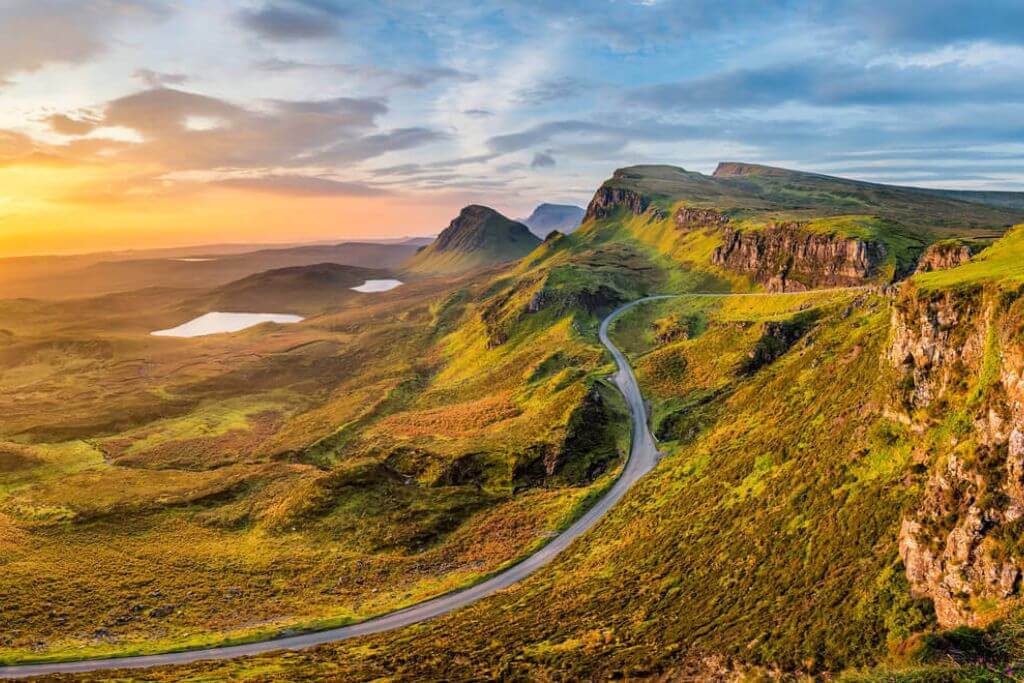
Along with a plethora of wildlife, including otters, seals, and at least 200 species of birds, the island still contains remnants of ancient oak woods. Skye is easily accessible from the mainland thanks to a bridge that connects the two islands. Also accessible by ferry to this location.
6. Stirling Castle
Stirling Castle is one of the UK’s best-preserved Renaissance structures and was James V’s palace as well as Mary Queen of Scots’ childhood home. Even though parts of the earlier buildings are still standing, the castle’s vast halls and apartments have been painstakingly decorated and refurbished to look as they did in the 1500s.
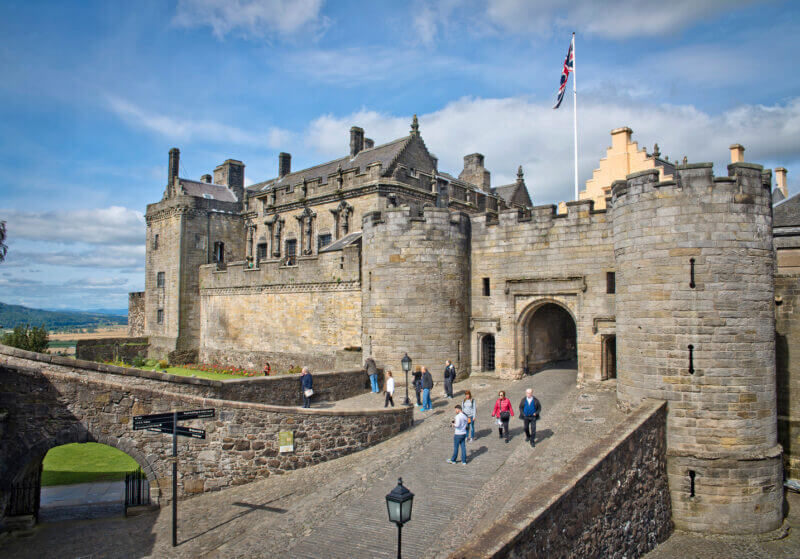
This includes painstakingly replicating the tapestries that once hung there. A history hunter program is offered on weekends for young explorers, and costumed interpreters interact with guests to bring the castle and its history to life.
7. Kelvingrove Art Gallery and Museum
Since a fire destroyed much of Charles Rennie Mackintosh’s work at the Glasgow School of Art, the Kelvingrove Art Gallery and Museum has emerged as the go-to location for admirers of the Glasgow Style, an iconic component of the Arts & Crafts movement and Art Nouveau styles of the early 20th century.
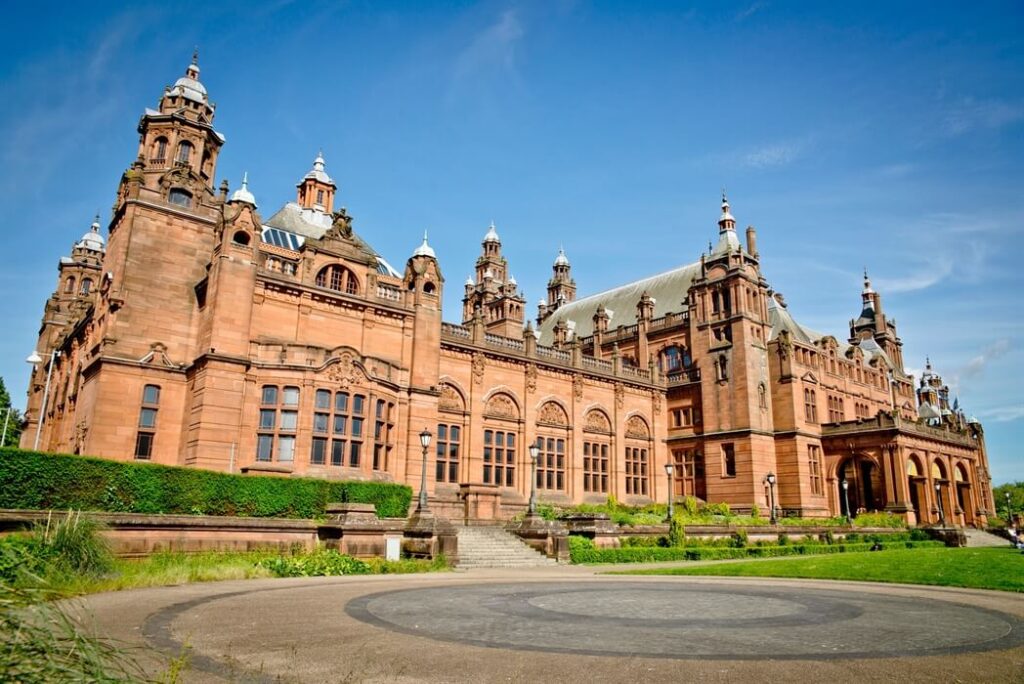
The Charles Rennie Mackintosh and the Glasgow Style Gallery were developed and inaugurated just before the fire showcase pieces by other well-known practitioners of the style, in addition to several whole rooms designed by Mackintosh.
8. Fort William & Ben Nevis
From Fort William, a charming village, you can go to Ben Nevis, the tallest mountain in Britain, with ease. This coastal community’s ancestry may be traced to the ancient fort that was constructed here in the 17th century, which is located at the southeast end of the Caledonian Canal.
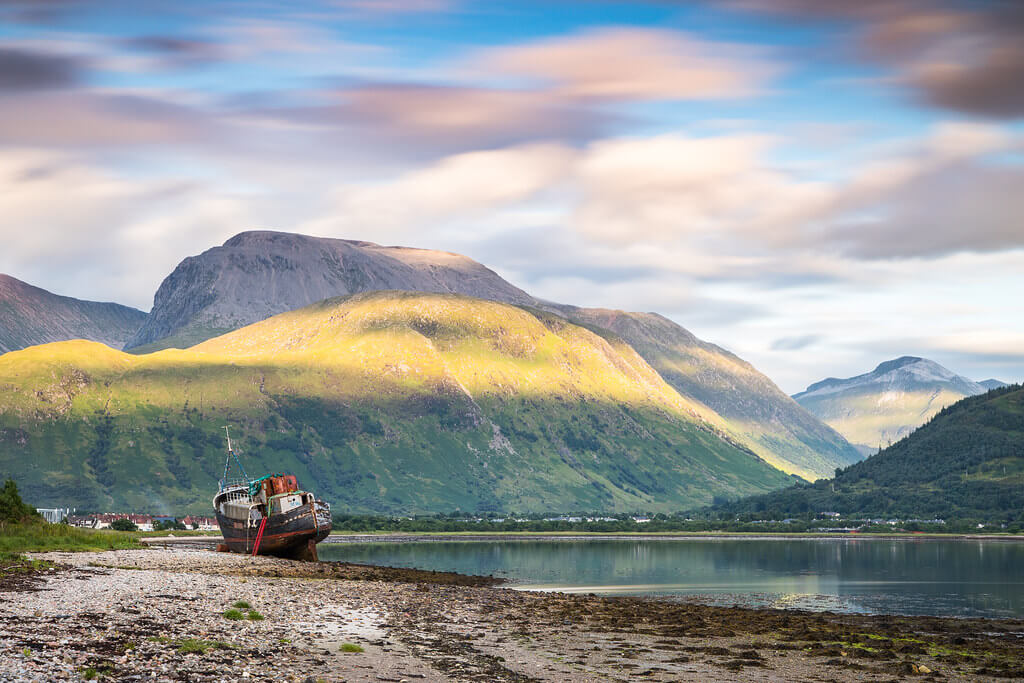
The West Highland Museum houses substantial collections of paintings, Highland garb, and weaponry, as well as information about the fort’s history, even though it has long ago vanished.
Getting on The Jacobite steam train is an absolute must. The train travels the West Highland Line over the magnificent Glenfinnan Viaduct, made renowned by the Harry Potter film series.
9. Riverside Museum Glasgow
Glasgow’s free Riverside Museum, one of Scotland’s most popular tourist destinations, combines the history of land and water transportation in an attractive new space. Trams, trains, buses, vintage cars, horse-drawn carriages, and other vehicles, including ships and various models, can all be seen during a visit.
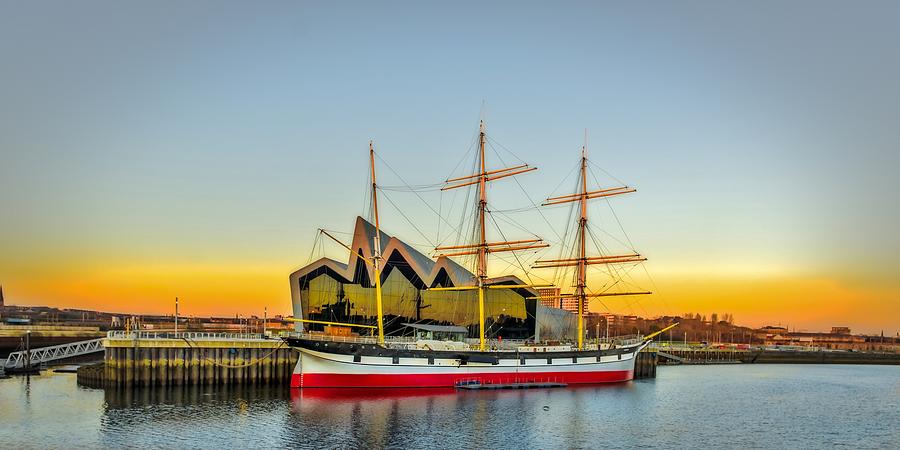
The exact recreation of the streets in Glasgow in 1938, complete with accessible stores and platforms going to every exhibit locomotive, is a highlight. The collections get additional meaning thanks to the addition of photographs, memories, and films on more than 20 interactive displays and 90 big touch screens.
10. The Northern Highlands
Because of their wild, untamed landscapes and turbulent yet beautiful past, the Scottish Highlands have a certain aura. In Britain’s largest area of exceptional natural beauty, these mountains and rocky coasts are beloved by hikers, bikers, golfers, sea kayakers, white-water rafters, gorge walkers, and those who enjoy fishing, golfing, outdoor adventures, and other outdoor sports.
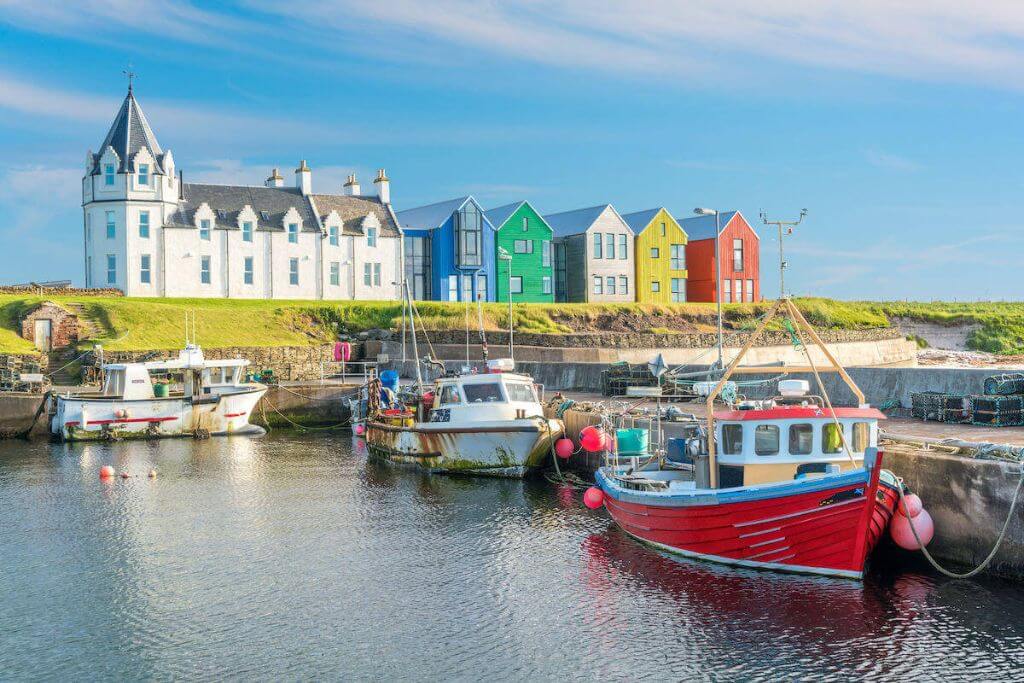
Lovely small towns and villages with hotel and dining options are scattered across them. Visit the cathedral and castle ruins in Dornoch, a small coastal village. And John o’Groats, which is 874 miles from Land’s End in Cornwall and boasts the distinction of being Britain’s northernmost point thanks to a sign that is frequently photographed.
11. Isle of Arran
Scotland in Miniature is a fitting nickname for the beautiful Isle of Arran. In a tiny area of about 166 square miles, this idyllic island off the nation’s west coast perfectly captures the country’s sceneries.
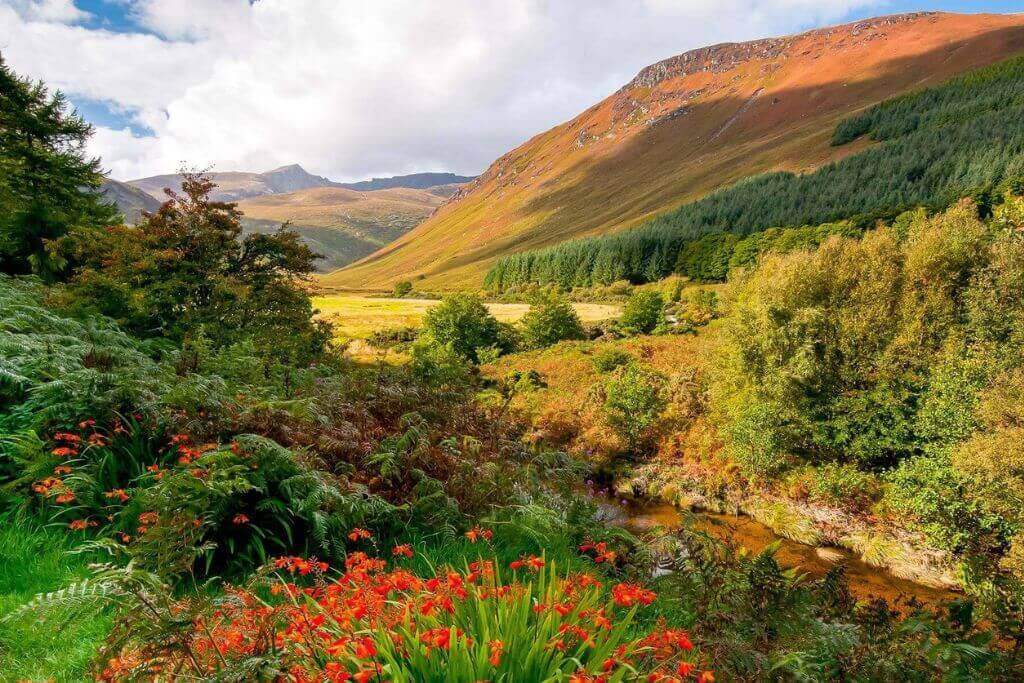
Rolling moors, rocky mountains, sandy beaches, fishing harbors, castles, and golf courses are all located in this region, which is manageable to tour in a day or two and is only a short ferry journey from Glasgow.
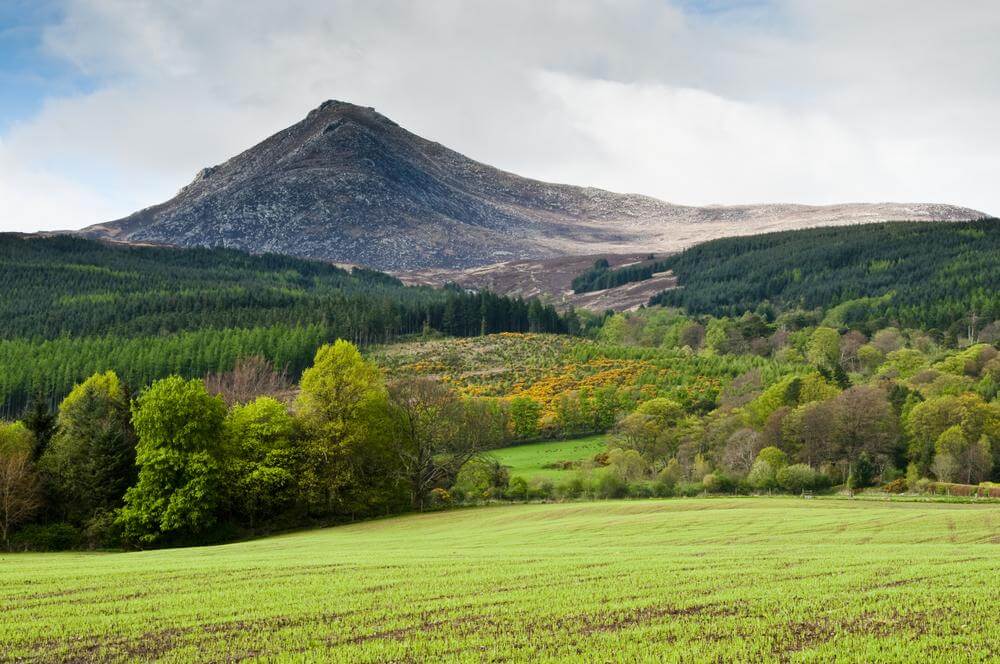
Most importantly, since buses often connect the island’s main attractions, there’s no need for a car. Even while its top attractions, such as Brodick Castle and Goat Fell Mountain, can be seen in a single day (including the ferry voyage), you might easily spend a few days exploring this tiny sampling of Scotland.
12. Take a Trip to the Battle of Culloden
The Culloden Battlefield and Visitors Center is one of the few Scottish tourist attractions that can make you cry in the same way. The last effort by Scotland to break away from England was defeated here in April 1746 in what is now known as the Battle of Culloden, although many people view it as a massacre.
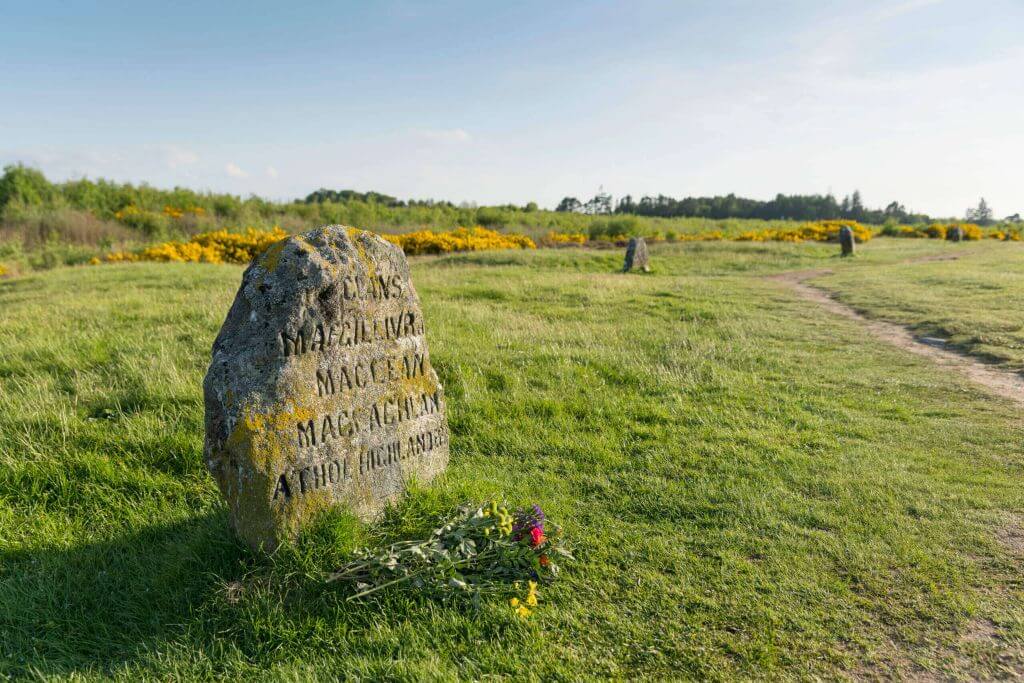
You should start your visit at the modern visitor’s center. The museum also features great displays that provide context and first-person stories of this pivotal day in Scottish history, as well as a fantastic immersive film that depicts the main events as they happened. The actual battleground is also visible from a rooftop observation area.
13. The Burns Heritage Trail
Without stopping by one or two locations connected to Scotland’s most well-known son, poet Robbie Burns, no trip to the country is complete. Along the Burns Heritage Trail, you may get a taste of Robert Burns’ life and times while also viewing some of the most stunning regions of the nation.
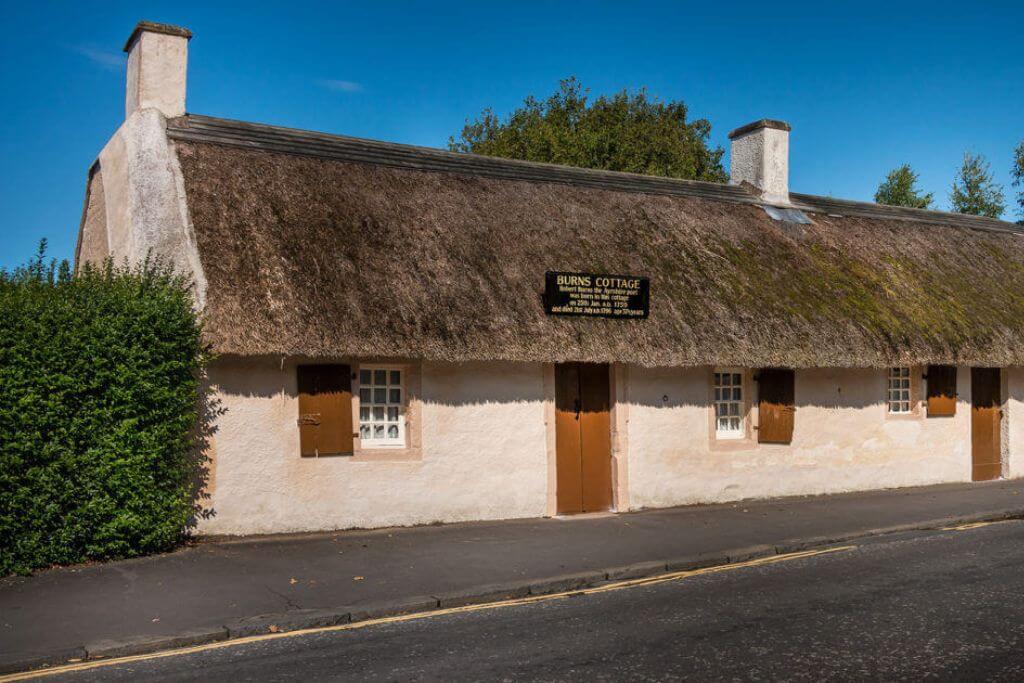
Begin by visiting the Robert Burns Birthplace Museum in Alloway, a little town outside of Ayr, where you can see the exquisitely restored thatched home where the poet was born and spent a large portion of his boyhood.
- Post for you 12 Things Tourists Never Do in Scotland
